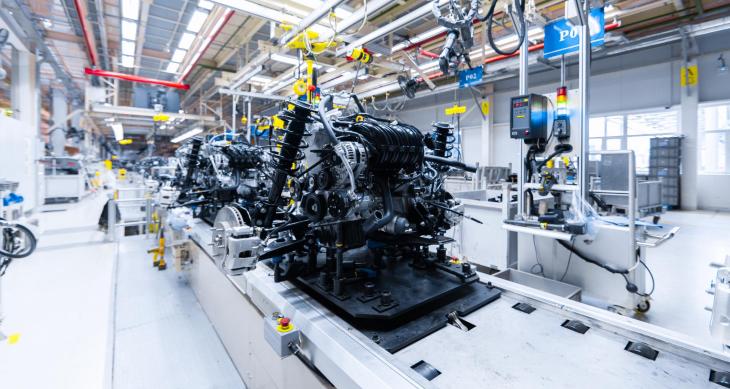Sooner or later, the numbers were going to contract. Broadly speaking, the pandemic has been a gamechanger for automation broadly and robotics specifically. But not even those categories are immune from macro trends. Per new numbers from the Association for Advancing Automation (A3) — whose job it is to track such things — North American robot orders declined a substantial 37% year-over-year for Q2 (April to July).
The figure, which includes a 20% drop in value, is the second consecutive decline. The two quarters combined represent a 29% drop from H1 of 2022. This most recent half saw a total of 16,856 robots. There are a lot of factors at play here, of course.
Before you go entirely doom and gloom, keep in mind that 2022 was a record year, with 44,196 orders. It was an 11% jump over the previous record — 2021. The fuller story here is notable regression from record growth, dovetailing with the sort of macroeconomic headwinds that have adversely impacted nearly every industry.
“Over the last five years, we’ve seen a steady acceleration of robot orders as all industries have struggled with a labor shortage and more non-automotive companies recognize the tremendous value automation provides,” says A3’s Alex Shikany. ”After this post-COVID surge, however, we’re seeing a drawback in purchases, exacerbated by the slow economy and high interest rates. While many companies continue to automate, others just don’t have the capital to invest right now, despite their struggle to find workers willing to do many of the dull, dirty and dangerous jobs that remain unfilled.”
Want the top robotics news in your inbox each week? Sign up for Actuator here.
Even as an eternal pessimist, I don’t see much cause for panic in these figures. Just as robotic investing was eventually impacted by a slowdown in venture capital, it’s an important reminder that there are few — if any — truly recession-proof industries (depending on how you define the term, I suppose). I’m no economist, but I feel strongly that — taking the long view — we’re dealing with a bump in the road. You’d be hard pressed to find someone who genuinely doesn’t see automation as an inevitability (with all the good and bad it brings).
An interesting wrinkle (and probable silver lining) is the fact that non-automotive robotics comprised a majority of orders, at 52%. While both sides of the coin saw a decline, the figure was far more dramatic with a jaw dropping 49% to non-automotive’s 21%. I say silver lining here because automotive is a space that’s been established for decades. Non-automotive has a far greater growth potential.
Says A3, “The strongest demand in Q2 came from the semiconductor & electronics industries, followed by life sciences/pharma and biomedical, plastics & rubber and metals, with automotive components, food & consumer goods and automotive OEMs showing the biggest drops.”
Automotive has, of course, seen its own struggles in the past year, between chip shortages, production shutdowns and slowed spending.
